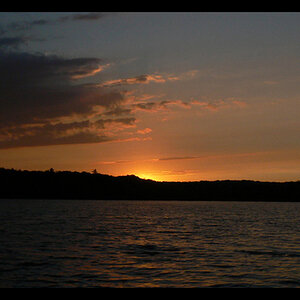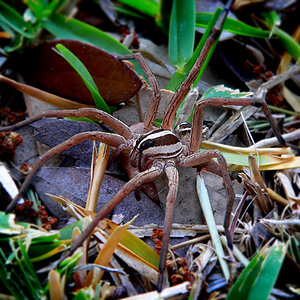... So, let's say that I knew someone who was shooting a wedding in the near future. This individual has shot a wedding before, but used an on camera strobe for adding flash to compliment the ambient light (or as the main source).
However, this individual (let's call him Dewalc) has purchased additional equipment since then. He is looking for a good lighting configuration to shoot the reception with the following equipment:
*580EXII
*430EXII
*Canon 40D (in his hands) & Canon 450D (in the assistant's)
*Cactus V4 trigger and receiver
*(1) lightstand w/shoot thru umbrella
*Reflector
What way would you use the equipment above to shoot the reception?
Thanks! :thumbup:
However, this individual (let's call him Dewalc) has purchased additional equipment since then. He is looking for a good lighting configuration to shoot the reception with the following equipment:
*580EXII
*430EXII
*Canon 40D (in his hands) & Canon 450D (in the assistant's)
*Cactus V4 trigger and receiver
*(1) lightstand w/shoot thru umbrella
*Reflector
What way would you use the equipment above to shoot the reception?
Thanks! :thumbup:






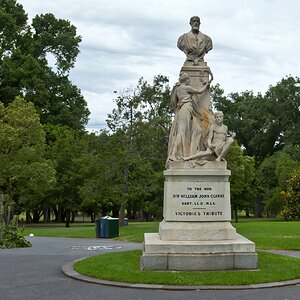
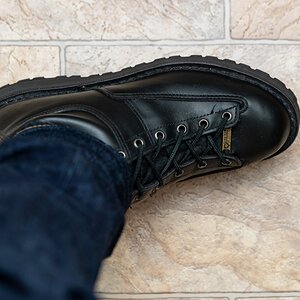
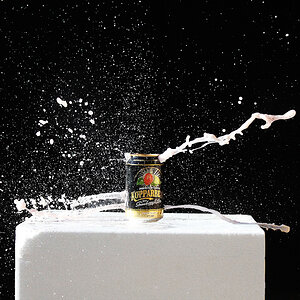
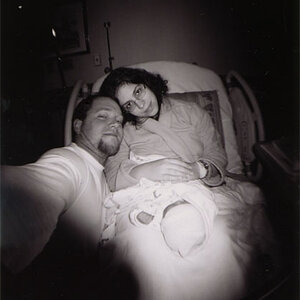
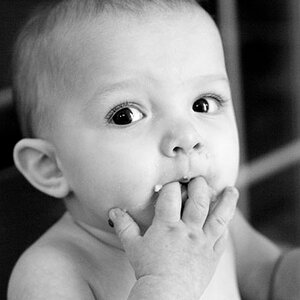
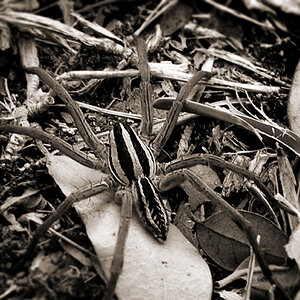
![[No title]](/data/xfmg/thumbnail/32/32808-9d1f657a1903d3bdbd67ea830397d62c.jpg?1619735668)


